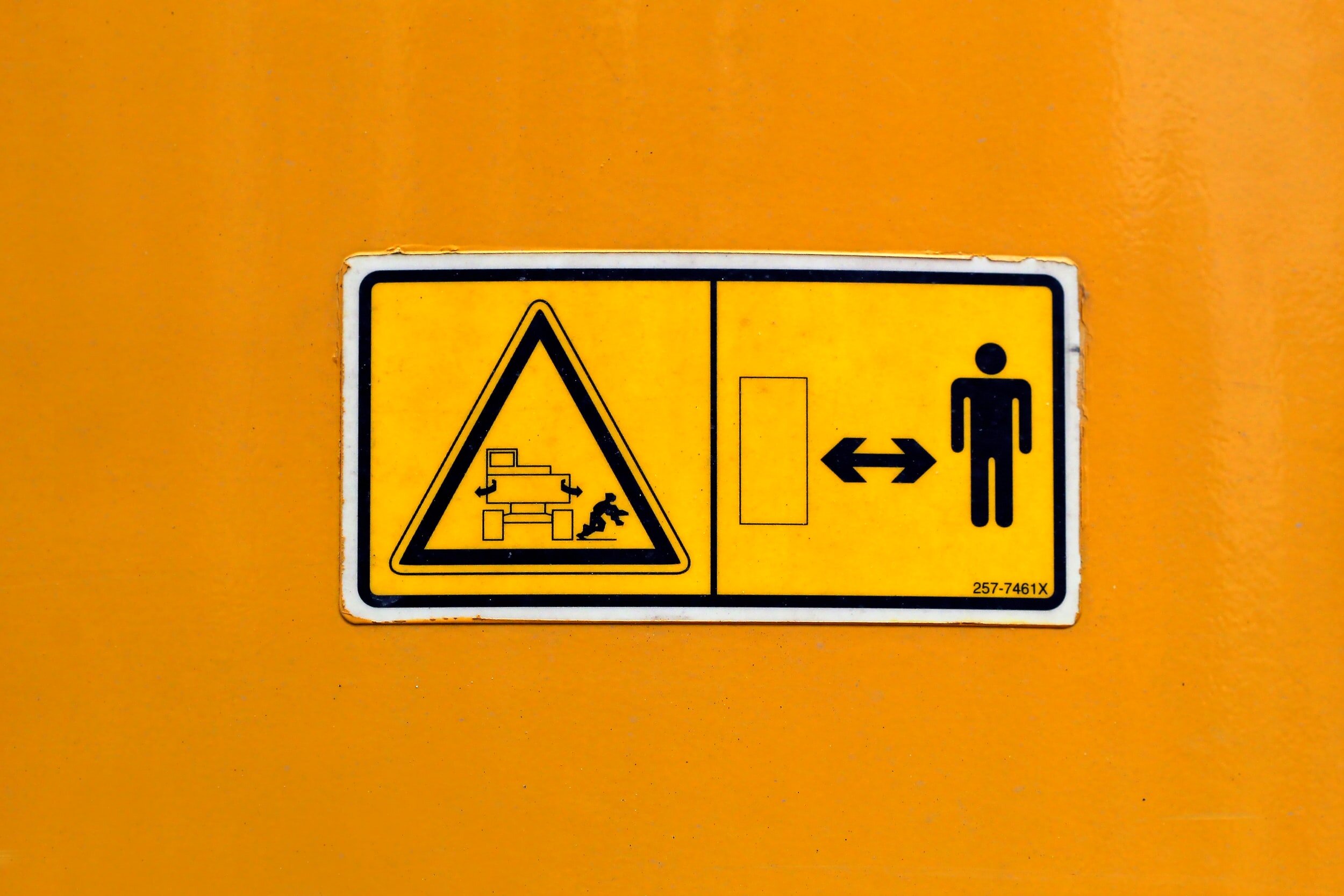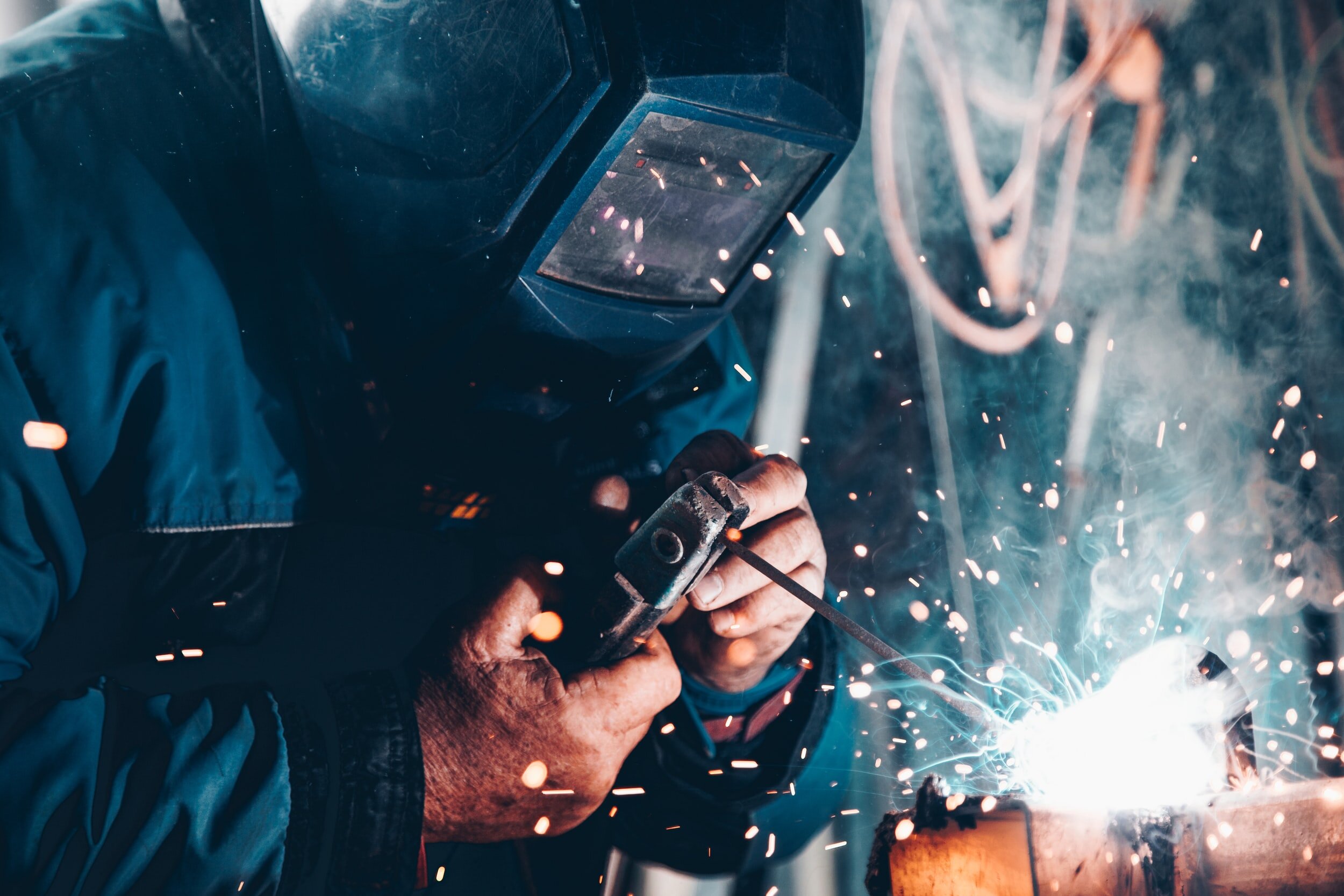
Industry Insights

Workplace Accidents: Situational or Systemic?
In the workplace, EHS teams aim to improve safety outcomes and decrease the likelihood of workplace accidents. In some organizations, these efforts focus on the individual, citing the specific situation as the cause of an incident. However, although accidents are relatively rare, near misses are much less so. The absence of an accident does not always indicate an absence of risk. When you combine both near misses and accidents, similarities can be found, and more systemic causes can be identified.

Near Misses and Self-Reporting: Part 2 - How Can Near Miss Reporting Rates be Improved?
Missing data is a big issue when it comes to near miss reporting. This missing data impacts safety planning, preventative measures, and ultimately, the future safety of all workers. Once the reason or reasons for workers not reporting near misses has been identified, the next step is to combat those factors.

Near Misses and Self-Reporting: Part 1 - How Many Near Misses are Missed?
Every job has hazards, and if those hazards are not appropriately handled then any job can become a dangerous one. The creation and implementation of workplace safety measures is heavily reliant on self-reporting of near misses. However, near misses are not always reported. It is important to understand the reasons behind this lack of reporting, how to resolve it, and what else can be done in order to ensure workplace safety and worker health.

Proxxi’s June Newsletter - 2021
Did you know that June is National Safety Month? In 2019 the US saw the highest number of workplace deaths since 2007, and in 2020 a great many of us worked from home. With workers returning on site, it is important to ensure your safety practices are not only compliant, but also comprehensive.

Protecting Non-Qualified Workers from Electrical Risks
In the US, data indicates that nearly one fatality is caused by electrical hazards every day, and annual injuries from electrical hazards total around 4,000. More than half of these fatalities were non-qualified workers, and many of them were avoidable.

Safety in the Workplace: Part 2 - Creating a Culture of Safety
An unsafe work culture may not come out of malicious intent. There are a great many factors that can come into play. For example, employees may be afraid of the consequences of reporting unsafe work, they may not know how to report concerns, or they may believe the risks conditions are normal.
